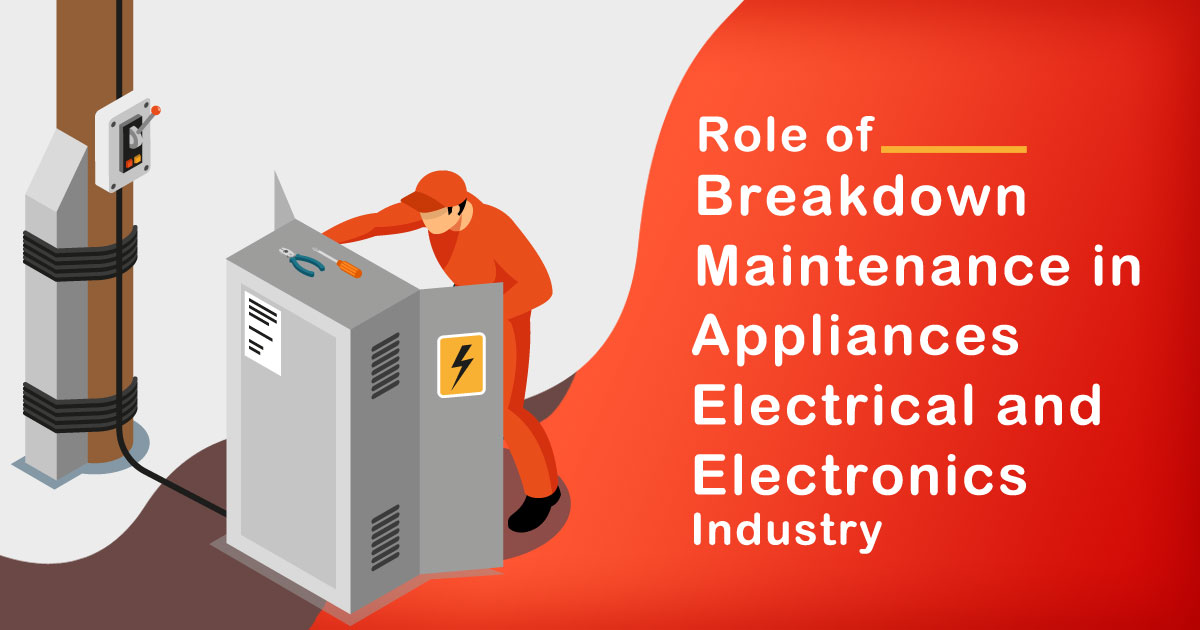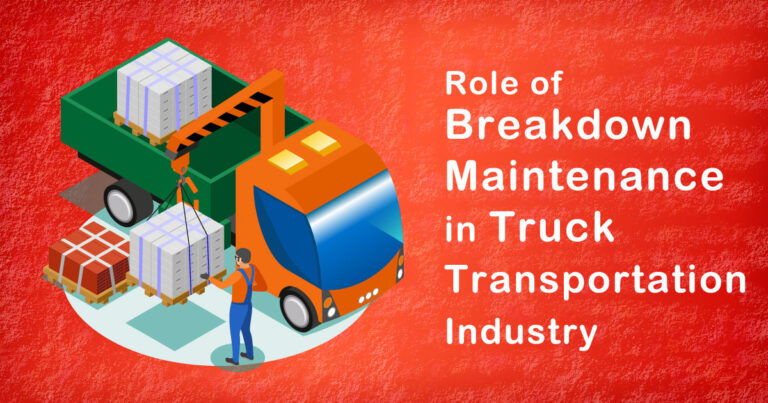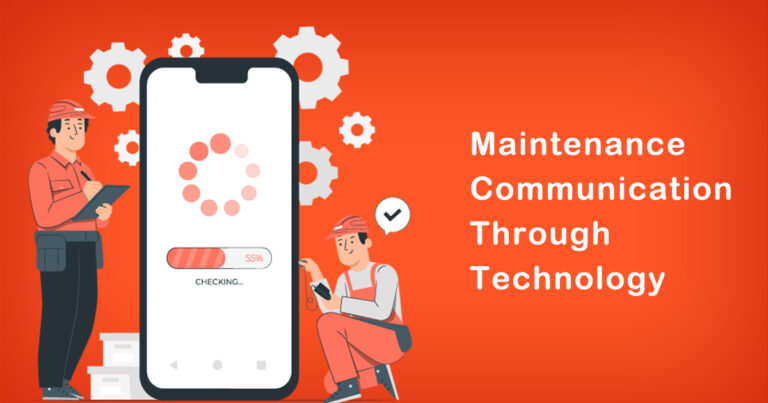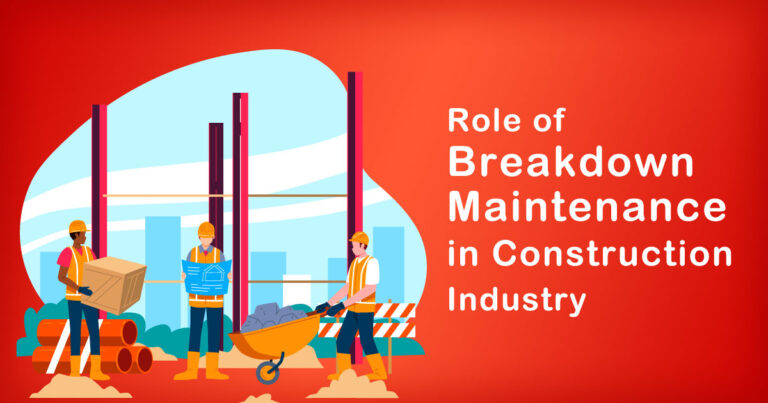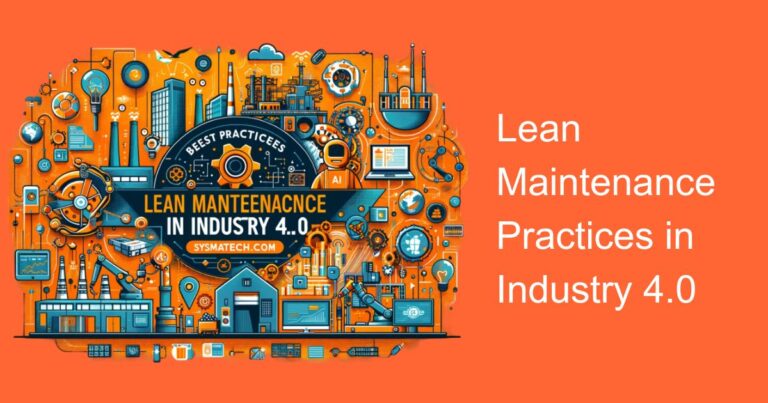Introduction
In the fast-paced world of the Indian appliances, electrical, and electronics industry, downtime can prove to be detrimental to businesses. Unplanned equipment failures can lead to significant production losses, increased repair costs, and compromised customer satisfaction. This is where breakdown maintenance emerges as a crucial aspect that plays a pivotal role in ensuring the seamless functioning of industrial processes. In this editorial, we delve into the importance of breakdown maintenance in the Indian context, backed by research and facts, highlighting its role in bolstering operational efficiency.
Understanding Breakdown Maintenance
Breakdown maintenance, also known as reactive maintenance or corrective maintenance, is the practice of repairing or replacing equipment when it breaks down or malfunctions unexpectedly. Unlike preventive maintenance, which relies on scheduled inspections and routine servicing, breakdown maintenance is carried out in response to unforeseen failures. While preventive maintenance is designed to prevent breakdowns, it cannot entirely eliminate the possibility of unexpected failures, making breakdown maintenance an essential component of a comprehensive maintenance strategy.
The Cost of Unplanned Downtime
Research conducted by industry experts reveals that unplanned downtime costs the Indian appliances, electrical, and electronics industry billions of rupees annually. The repercussions of such downtime extend beyond monetary losses and include decreased productivity, delivery delays, and adverse impacts on the supply chain. Additionally, it tarnishes the brand reputation of companies, leading to dissatisfied customers and loss of market share.
The Role of Breakdown Maintenance
Rapid Response and Minimal Production Delays:
Breakdown maintenance plays a critical role in reducing the time taken to address equipment failures. A swift response to breakdowns ensures that the faulty equipment is repaired or replaced promptly, minimizing production delays and preventing further disruptions.
Cost-Effectiveness:
While preventive maintenance is essential, relying solely on it can lead to unnecessary costs as it may involve servicing equipment that might not require immediate attention. Breakdown maintenance, on the other hand, focuses on addressing specific issues, making it a cost-effective approach.
Equipment Longevity and Reliability:
Timely intervention through breakdown maintenance helps extend the life of industrial equipment. Addressing malfunctions promptly prevents issues from escalating and causing irreparable damage, thus increasing the overall reliability of the machinery.
Tailored Maintenance Strategies:
Breakdown maintenance provides valuable insights into recurring equipment failures. This data can be utilized to fine-tune preventive maintenance strategies, allowing businesses to optimize maintenance schedules and allocate resources more effectively.
Asset Management Optimization:
Effective breakdown maintenance practices enable companies to prioritize critical assets and allocate resources accordingly. This optimization ensures that equipment with higher failure probabilities receives the necessary attention, leading to improved asset management.
Challenges and Solutions
While breakdown maintenance proves to be indispensable in maintaining operational efficiency, there are challenges associated with its implementation. One of the key challenges is the availability of skilled technicians who can respond quickly to equipment failures. However, companies can overcome this hurdle by investing in workforce training and development, thereby empowering their technicians with the necessary expertise.
Furthermore, the implementation of condition monitoring systems can significantly aid in predicting potential breakdowns. These systems use sensors and data analytics to monitor equipment health continuously, providing early warning signs of impending failures. By embracing such predictive maintenance techniques, companies can reduce the occurrence of unplanned downtime.
Conclusion
In conclusion, breakdown maintenance stands as a crucial pillar in the Indian appliances, electrical, and electronics industry. Its role in mitigating the adverse effects of unplanned downtime, ensuring rapid response, and optimizing maintenance strategies cannot be understated. By adopting a balanced approach that incorporates both preventive and breakdown maintenance, businesses can bolster operational efficiency, reduce costs, and enhance customer satisfaction.
As the industry continues to evolve, proactive measures, such as investing in skilled technicians and embracing predictive maintenance technologies, will help organizations remain at the forefront of competitiveness. Embracing breakdown maintenance as an integral part of the overall maintenance strategy will undoubtedly pave the way for sustainable growth and success in the dynamic Indian market.


